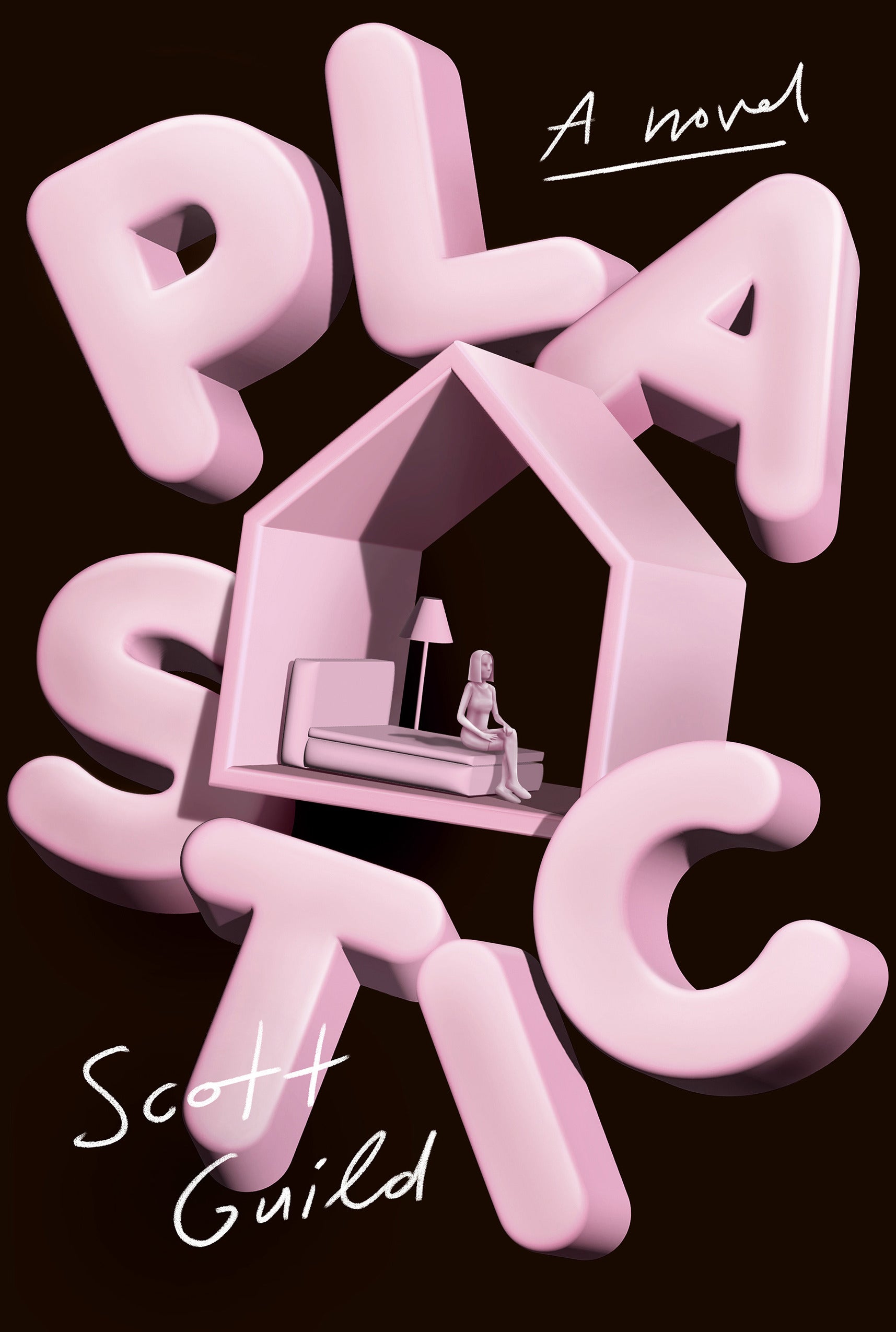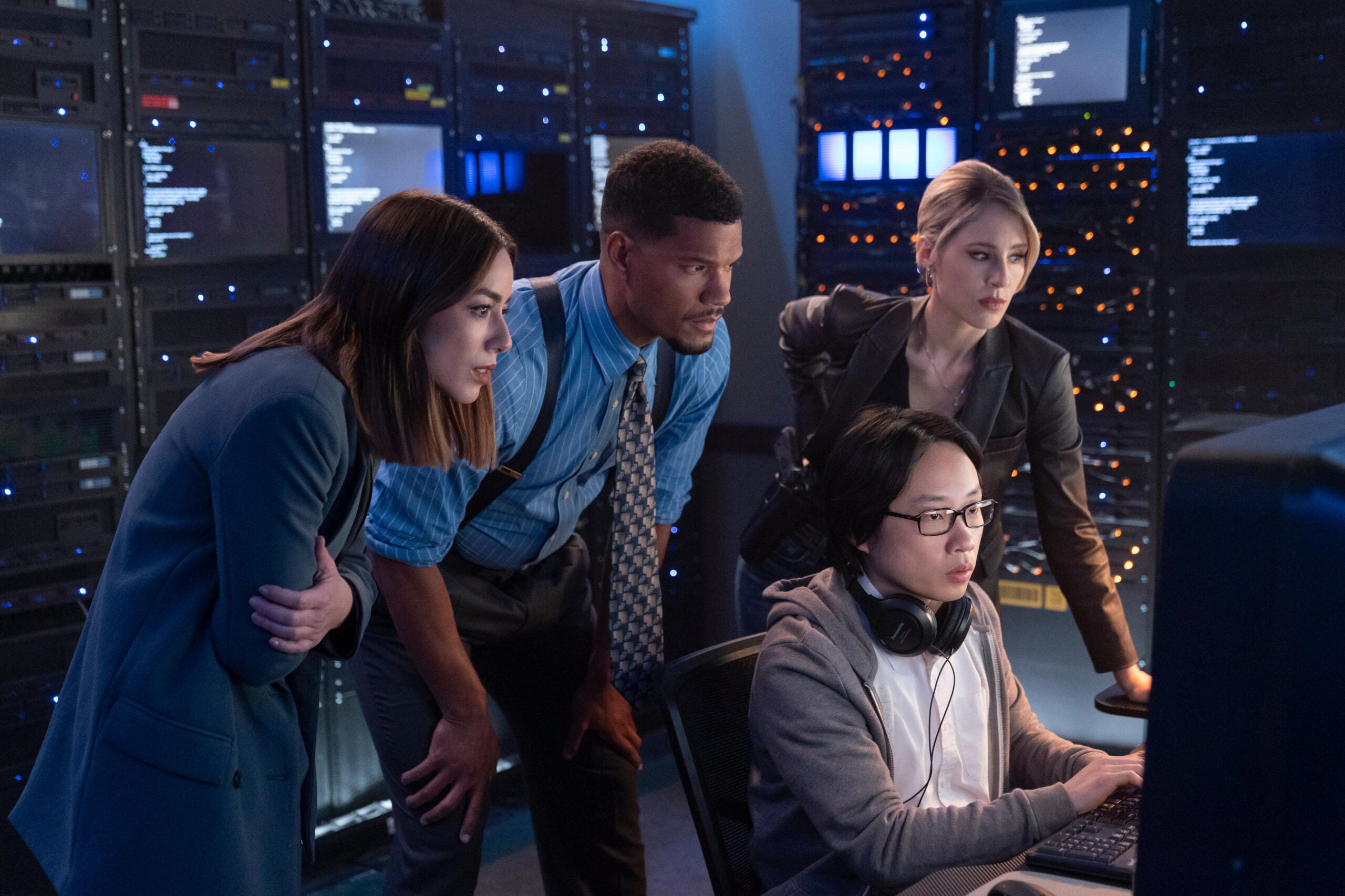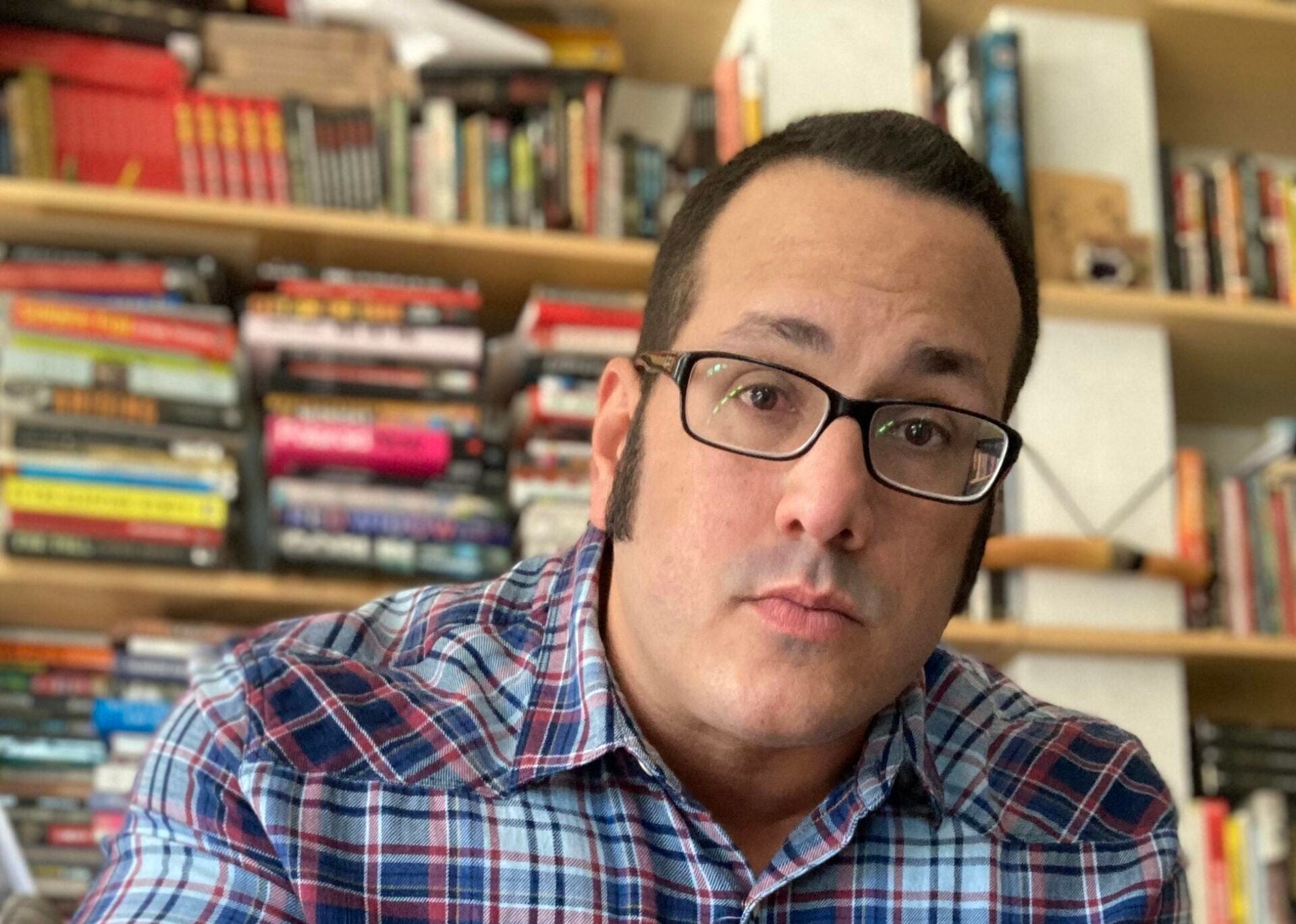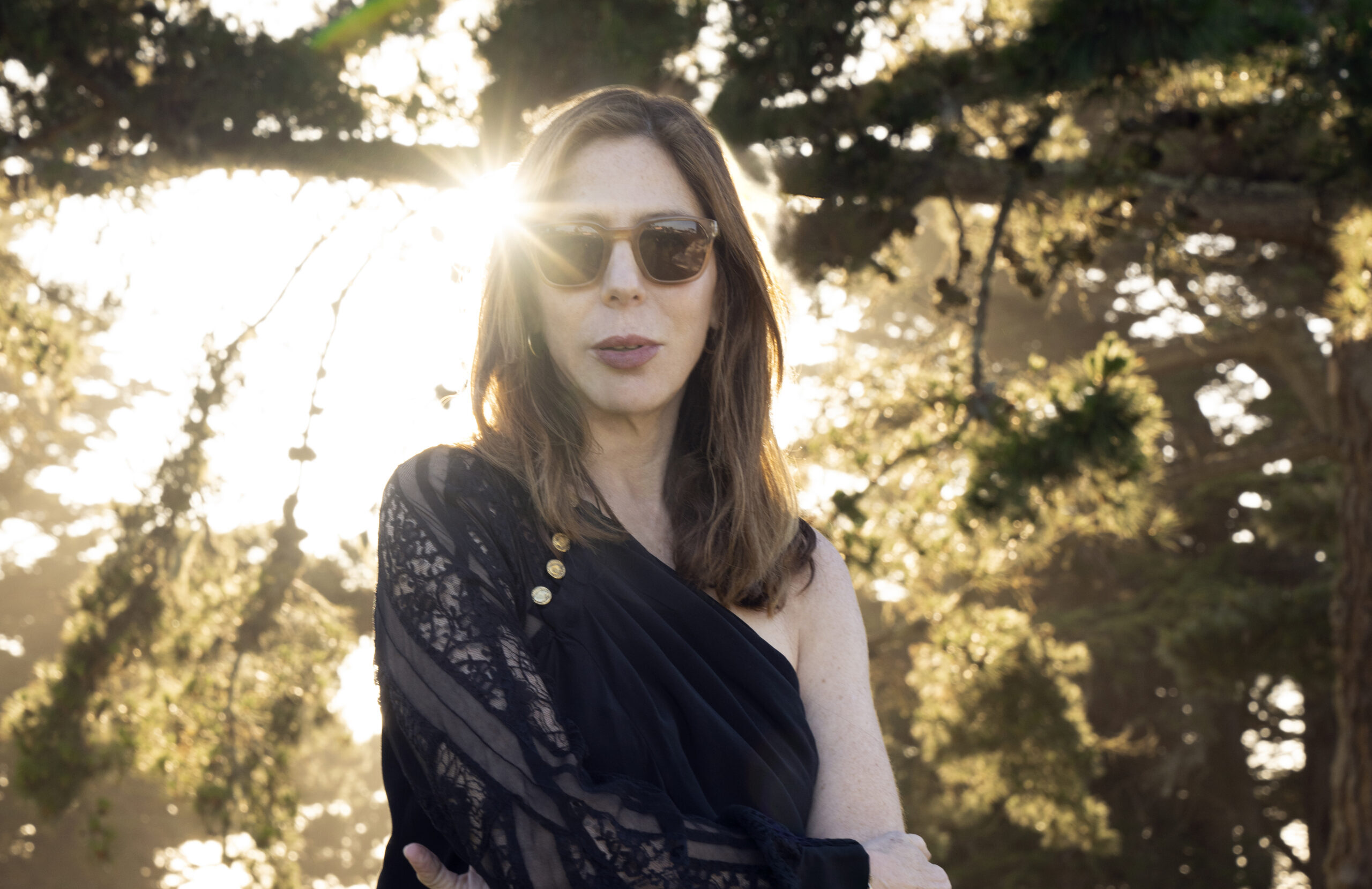Scott Guild has created something fascinating with his debut novel, “Plastic.” His book is filled with surrealism and dark comedy that makes real people out of plastic characters.
They are truly complicated and three-dimensional and the reader can really identify with them. I know I sure did.
The main character is Erin James. Erin and everyone else in Guild’s plastic world have to deal with the very same problems and issues that we do.
Guild joined WPR’s “BETA” to talk about the novel, its own soundtrack and why it took him a decade to write it.
Stay informed on the latest news
Sign up for WPR’s email newsletter.
The following interview has been edited for clarity and length.
Doug Gordon: What inspired you to write “Plastic”?
Scott Guild: I was in Boston at the time of the marathon bombing, and I was actually a dog walker at the time, applying to MFA programs. And so I was in the midst of feeling like, ‘I want to start a new project. This would be a good moment to start something new.’
I was in a job where I would be going outside all the time, and I would be going through the city all the time. And all of a sudden, the entire city shut down and huge tanks were rolling through the streets and police were everywhere.
I lived just a few blocks away in Somerville, from where the bombers lived. And so I just remember suddenly being trapped inside and feeling like the world was kind of collapsing around me.
And it was also a moment in my life where I was in a lot of transition and very lonely. So I do think emotionally, in a way, that was the genesis moment for the novel, where I felt kind of the loneliness in my personal life and also the chaos around me, inspiring what would then be the energy or vibes of “Plastic.”
“Once the plastic figurines came in, suddenly I could get into all that zany invention inside the world, and the book started to feel like my own in a way that it hadn’t before.”
Scott Guild
DG: My understanding is that when you first started writing it, it wasn’t called “Plastic” and there were no plastic figurines in the novel. Is that correct?
SG: Yeah, at the beginning, it was not a novel about plastic figurines. It was just a main character set in the near-future world, where some of the current crises we’re facing have escalated a little bit — the climate crisis, the response to that through ecoterrorism and things of that nature.
And it was only many years later, around 2018, after I’d taken several years off from the book, that I had the thought of, what if all these characters were plastic figurines? At that point, the world of the book started to feel much more vivid and alive than it had in the past. Once the plastic figurines came in, suddenly I could get into all that zany invention inside the world, and the book started to feel like my own in a way that it hadn’t before.
DG: You said that you could read a lot of different meanings into why they’re plastic figurines. Can you give us an example of that?
SG: I love the idea of readers encountering that world and it feeling very flexible in meaning to them, probably more flexible than the bodies of the figurines know. But I do think there’s something there about, let’s say, alienation from nature, people being alienated from their bodies. I think the stiffness of it for me always felt connected to trauma in some ways.
So I think the fact that they’re all plastic figurines in my mind is really connected to Erin’s emotional journey and what she goes through the moment in the book when we really see her experiencing herself as a figure.
And I would say — I don’t want to give too many spoilers — it’s very connected to the moments in her life when she’s losing people she loves and the trauma in her life increasing too. So I think there’s connections to be made there.
DG: I’m curious to know how you reacted when you learned about the live action movie, “Barbie.” Did you see that as a good thing for “Plastic” or a bad thing?
SG: My book is also deeply rooted in apocalyptic themes, and nuclear bombs feature in it a lot. So for me it was it was the whole “Barbenheimer” moment. It was kind of like the culture saying to me, “Thematically, you are with us, Scott.”
I think I had spent a while feeling like I’d written this odd novel, and it was strange. I wondered if people were going to be able to jump into the imaginative world and feel that it was accessible, and to suddenly have plastic figurine worlds become the exact center of the culture.
But at the moment that I was finishing, my book was exciting, I think, because it meant that when people picked up my book, it wasn’t going to be an alienating, imaginative world for them that they could probably slip right inside.
And that seems to have been the case. I didn’t have “Barbie” in mind all the time as I was writing, but I was thinking of the world of dolls and the world of plastic figurines as I was writing, and then creating my own version of that.
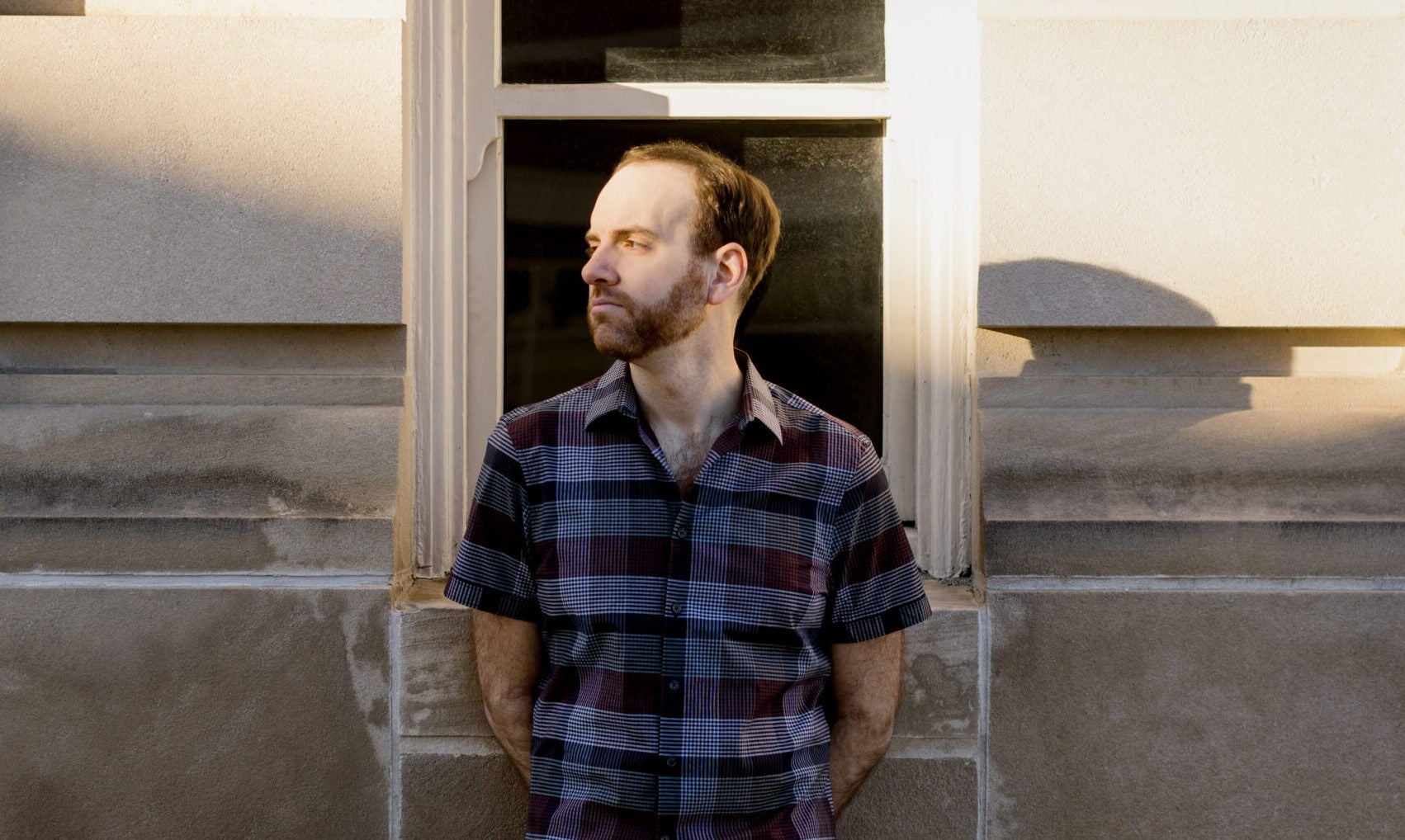
DG: The plastic world that Erin lives in has a lot in common with our current world. What can you tell us about some of the similarities?
SG: There are similarities, yes. The plastic world that I’m writing about is sort of somewhere between the 2017 and 2019, at the different points that we see and in the narrative and even a little bit earlier at times.
But it is facing the climate crisis in very extreme ways. It’s its own peculiar plastic form of the climate crisis, but it is facing ecological destruction. And it’s at a point to where — because things have advanced so far with the climate crisis in their world, and there’s been so little political action on it — there is a huge violent political movement against it.
And people are leaning on violence as the only really effective form of political speech for people who are motivated to do something about the climate crisis in this world. They’ve sort of given up on peaceful options. They really feel that violence is the only way to make a meaningful change.
There’s a lot of fracture between friends and communities over the best way to approach the climate crisis in the “Plastic” world. It’s a world that’s also completely commodified and owned by corporations and technologies in lots of ways. And I didn’t want the satire to be too on the nose with that, because I think the technologies in the world do allow for a lot of emotional connections between people, and there is meaning to be found there.
So it’s not just me thumbing my nose at the entire technological moment, but it is a space where technology is running people’s lives, and in part because nature is falling apart. So they are more and more retreating into virtual reality as a happier, safer, less complicated space than the natural world.
DG: As if this this great novel isn’t enough, you’ve also created “Plastic: The Album.” How did this come about?
SG: It was honestly this great process of working with my editor, Anna Kaufman, at Pantheon. One day, I was in a scene and the characters just started bursting into song and a musical number started unfolding, and I was just like “Oh, that’s really interesting. I could write lyrics in the book and the characters could be singing, and it was a musical.”
I wrote a couple scenes around this and I sent it to Anna and she was quite into it. She really enjoyed it, and she said, ‘This is great, let’s play around with this.’ So then I wrote a lot of musical numbers throughout the book, and we actually had to pare that back a little bit. There were too many.
But I had realized that I had sort of created an album inside the book. There was an album’s worth of songs happening because the book had this musical focus now. So once the book was done, I then reached out to Cindertalk, Jonny Rodgers, and asked him about the possibility of working together on making this album, and he was also really excited about the idea.
So then we spent about a year crafting the songs and producing them, and he is an absolute genius and also knew the singer Stranger Cat, Cat Martino, who then became Erin on the album and is singing all the songs. So that was a really exciting process and connected to my past of working as a musician in a way that felt very full circle for my life.

